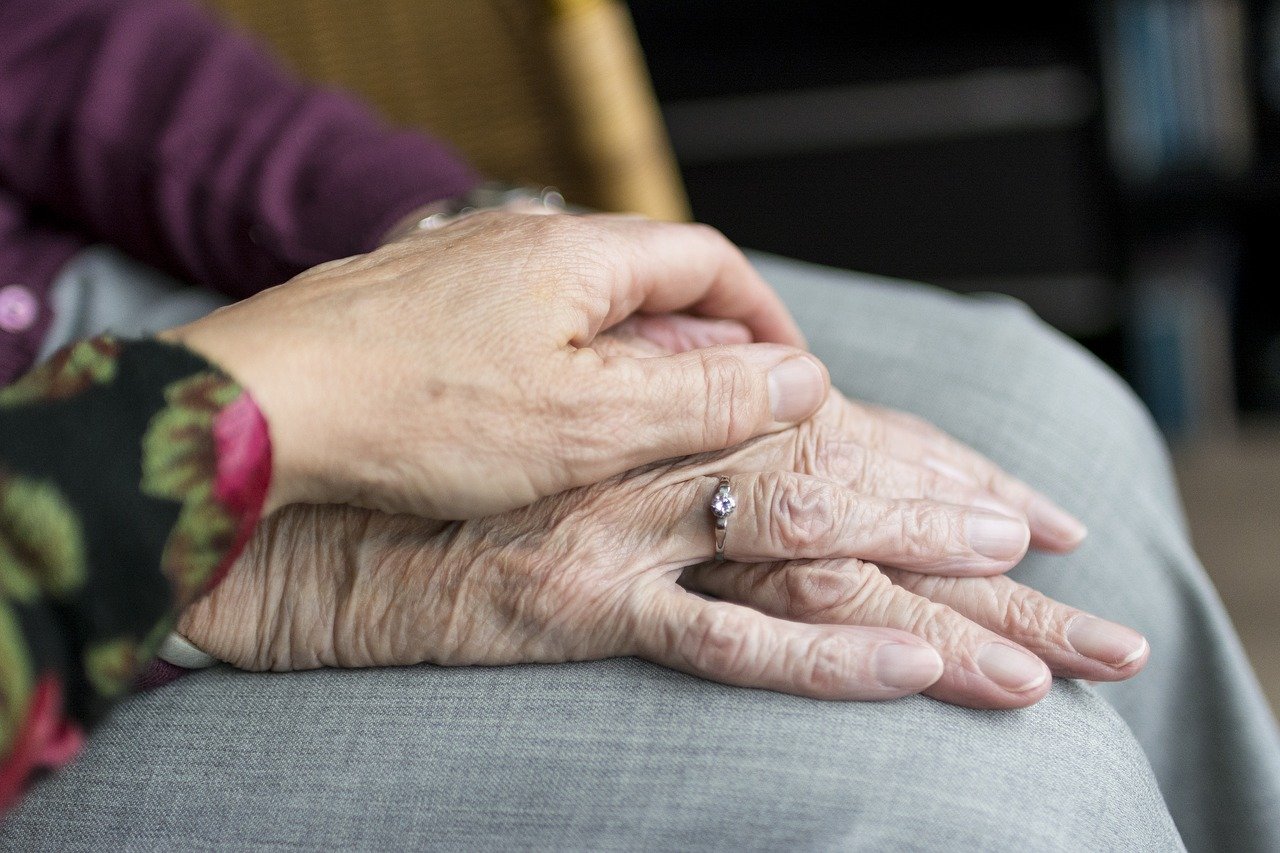
Older adults with chronic illness tend to receive end-of-life care at home in lieu of seeking invasive therapies or hospitalization. However, in the United States this varies slightly by region. In JAMA Network Open, Massachusetts General Hospital research fellow in medicine Jason H. Maley, MD, professor of health care policy Bruce E. Landon, MD, MBA, and director of the Center for Healthcare Delivery Science and assistant professor of medicine Jennifer P. Stevens, MD, MS, investigate the regional variances of end-of-life care.
Analyzing claims of over 7 million Medicare beneficiaries between 2010-2016, the study team looked for hospital referred region-level variation and temporal patterns among those who died within two years of filing the claim. These patients were diagnosed with at least one of nine illnesses most commonly associated with death among the Medicare-eligible population, including malignant cancer or leukemia, congestive heart failure, chronic pulmonary disease, dementia, diabetes with end-organ damage, peripheral vascular disease, chronic renal failure, severe chronic liver disease, and coronary artery disease.
In both 2010 and 2016, Manhattan, NY had the highest rate of patients who chose to receive end-of-life care in a hospital or hospital intensive care unit, with 43.7% and 34.5% respectively opting for hospitalization instead of hospice or in-home care. In 2010, only 12.3% of Medicare beneficiaries in Amarillo, TX were likely to receive end-of-life care in a hospital. In 2016, the city with the lowest number of patients choosing end-of-life hospitalization was Cedar Rapids, IA (11.2%).
Overall, the rate of end-of-life hospitalization decreased from 2010-2016 in 283 of the 306 hospital referral regions included in the study. During the study period, hospice enrollment increased in 92.9% of the regions. The study team encourages future research focusing on regional disparities in end-of-life care to ensure that a patient’s values instead of region guides their dying experience.